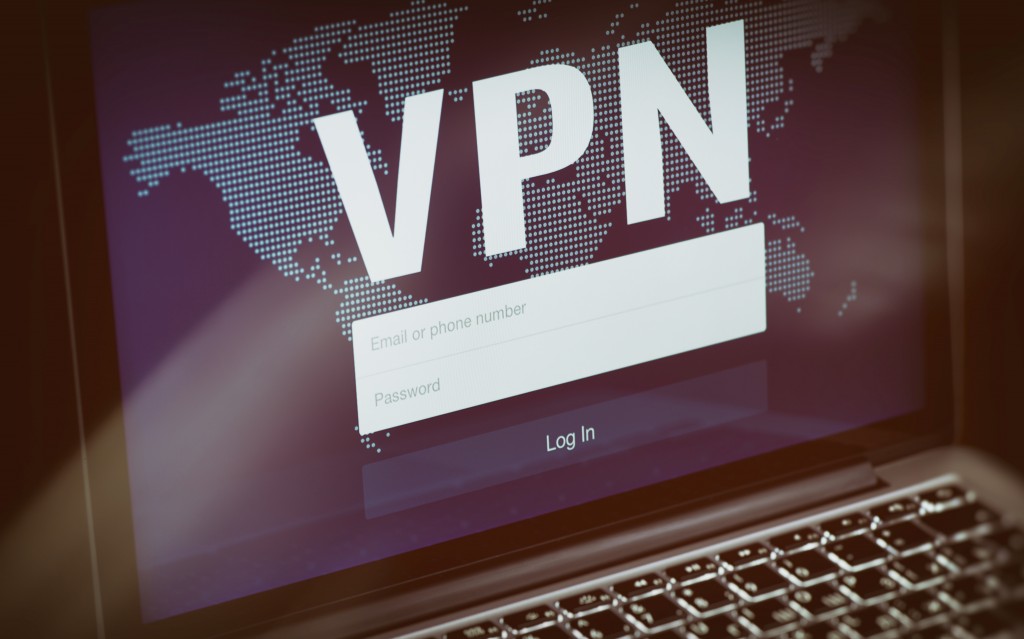Does your company have an efficient cybersecurity or network security strategy? According to a study, you might be among companies that lack an incident response strategy against cybersecurity threats. An IBM-sponsored study on the Cyber Resilient Organisation showed that four out of five cybersecurity professionals revealed the absence of incident response plans within their respective employers. The analysis based its findings from more than 3,600 respondents worldwide. The current shortage of qualified talents, which is caused by a skills gap, isn’t helping Australian companies to improve their online defence.
Lack of Preparation
Small businesses in particular think that they are unlikely targets of cyberattacks as there are bigger fish to catch for hackers. However, cybercriminals actually prefer targeting small enterprises since a lot don’t have preventive strategies. This makes it easier for them to steal confidential data or breach security networks.
If some hackers are successful to infiltrate the online infrastructure of large businesses, the chances are even higher for a smaller company. While the study exposed the lack of preparation among many Australian businesses, the same also applies to companies in other countries. Around 70 per cent of the global respondents said that they need to hire more people to maintain a resilient system.
On the other hand, only 25 per cent of the respondents said that it’s easy for their company to hire and retain cybersecurity staff. If you already have a stable cybersecurity strategy, you should simplify protocols by not using a lot of security tools. You can outsource the IT strategies to a third-party service provider, especially if you are concerned about insider threats.

Managing Insider Threats
There are five common insider threats, and each one requires a more or less similar approach. For instance, it’s possibly more difficult to fix the consequences arising from the actions of careless and negligent employees. Someone can unknowingly introduce malicious software by simply plugging in a removable device such as a USB or downloading an unauthorised application.
You could prevent this from happening by restricting the use of all external devices without proper screening from the IT team. But what happens when those who are supposed to guard your system work against you? Inside agents, disgruntled employees, and malicious insiders fall under this insider threat category. They may have different reasons for becoming rogue workers, but they share the same goal of compromising your system.
The best way to reduce the risk from these insider threats requires you to limit data access to an exclusive group, which has been thoroughly vetted against the nature of becoming a liability whether or not on purpose. You should do the same when planning to hire a third-party IT service provider since it’s important to identify all possibilities of how your security could be compromised from within.
Cybersecurity threats will only continue to increase in number this year. If you can’t afford to establish an in-house IT team, then outsourcing serves as your best option. What is your long-term plan to combat cybersecurity threats?

